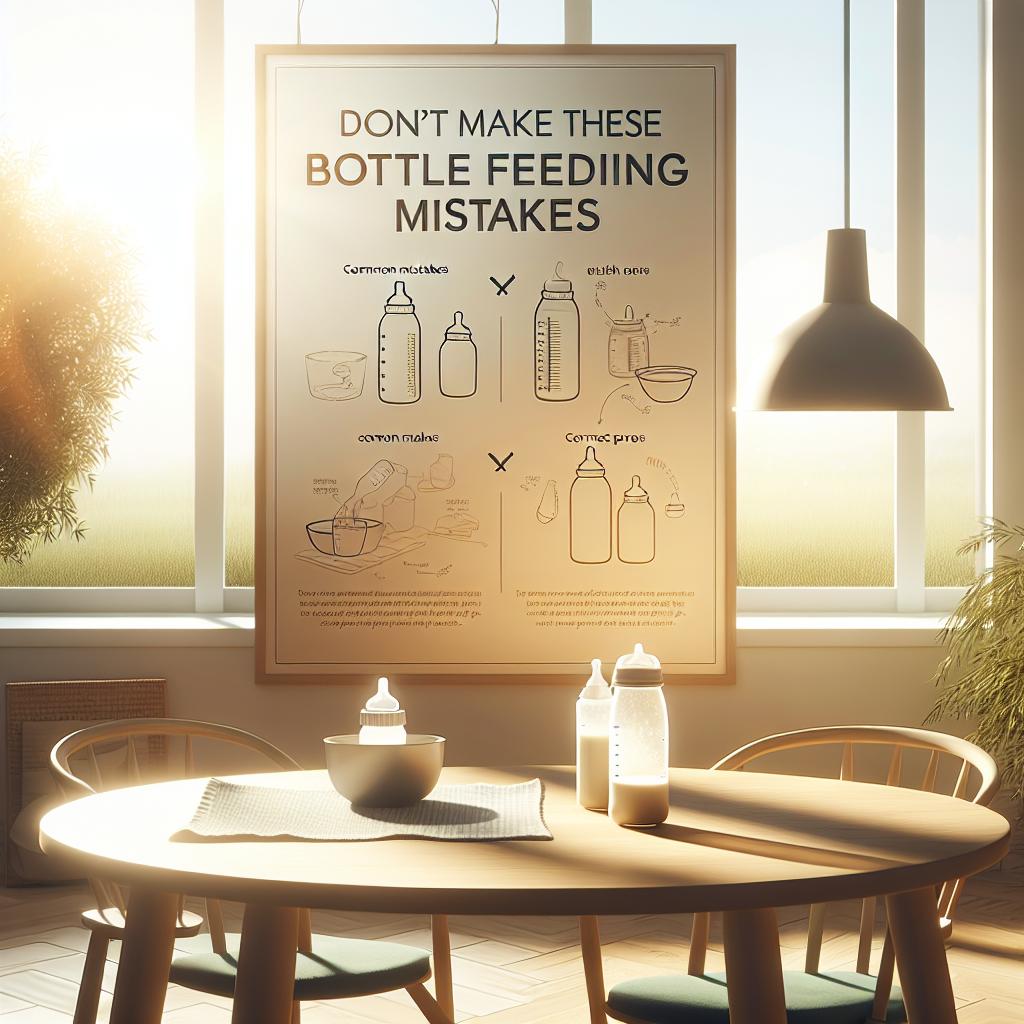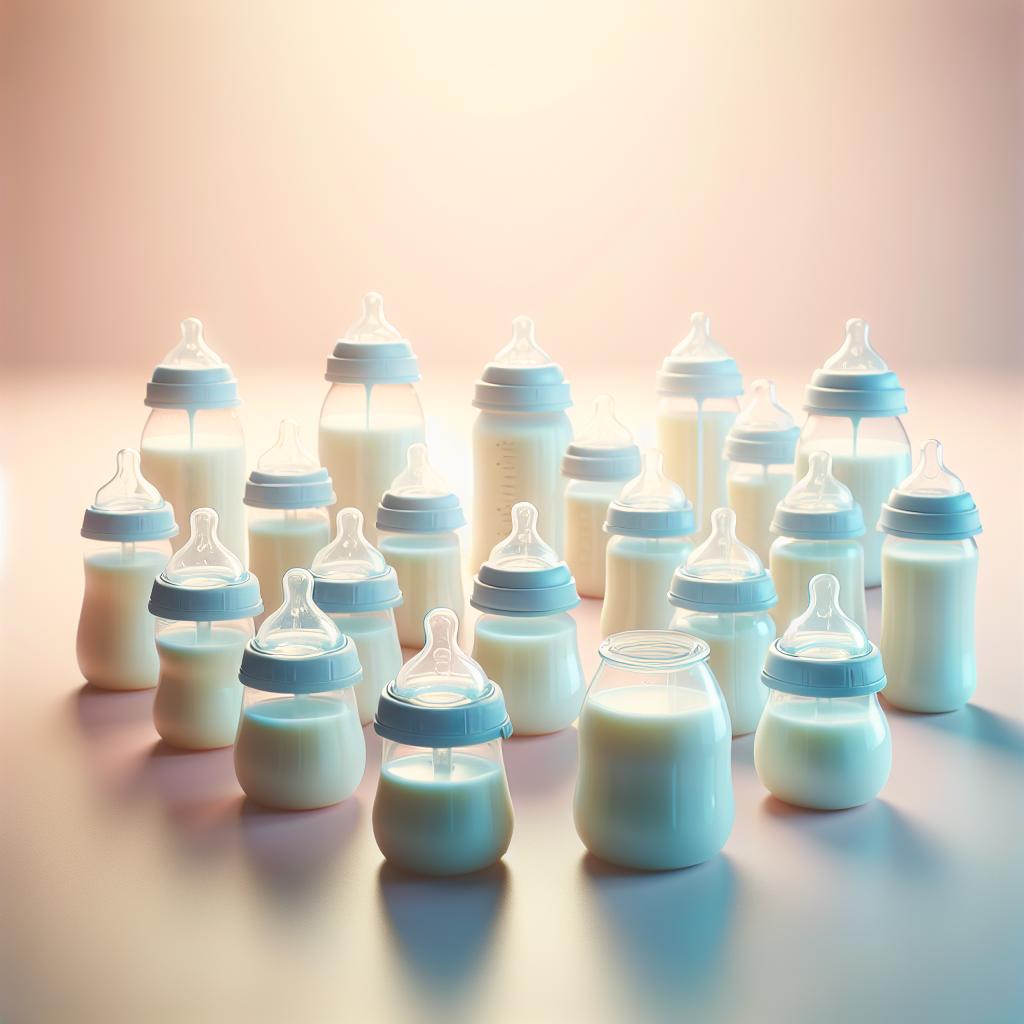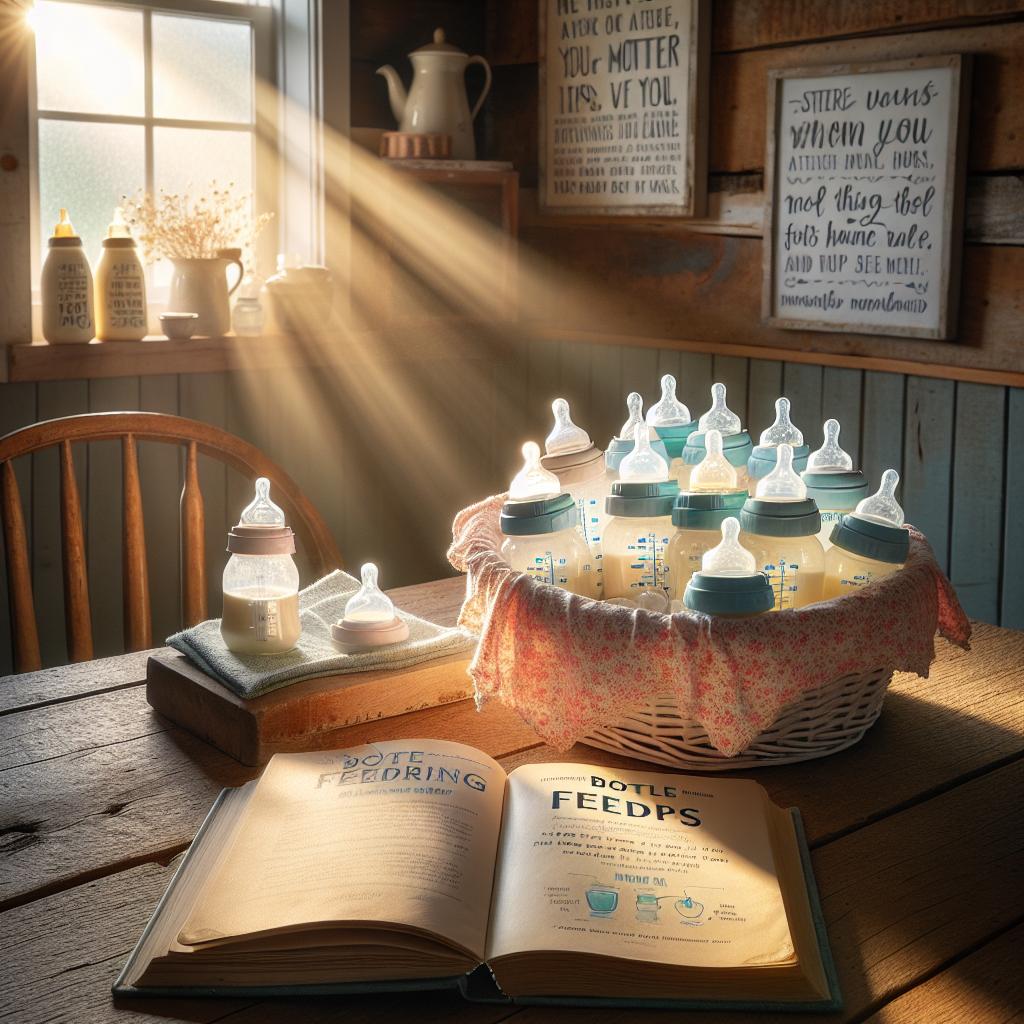Avoid the Common Errors in Bottle Feeding
When it comes to feeding your little one, it’s easy to make some bottle feeding mistakes without even realizing it. This post will guide you through some of the common errors parents typically encounter and how you can avoid them for a smoother, more enjoyable feeding experience for both you and your baby.
An Incorrect Bottle Choice
One of the most common mistakes parents make is choosing the wrong bottle for their baby. There’s a variety of baby bottles available on the market, and each one is designed to cater to different needs. Some bottles are excellent for breastfed babies, and choosing the right one can be a game-changer for breastfed babies transitioning to the bottle. Choosing a bottle that mimics the breast’s natural flow and feel can ease the transition and make feeding time more comfortable for the baby.
Incorrect Preparation of the Milk
Another common error is incorrectly preparing the formula or breast milk. From using the wrong water temperature to not properly mixing the formula, these mistakes could lead to feeding issues. For instance, improperly mixed formula could result in gas and discomfort for your baby. Getting the right consistency is key, and this guide on avoiding common milk preparation mistakes could take you a long way in achieving that.
Overfeeding and Underfeeding
- Overfeeding: It’s essential to understand that babies should feed when they’re hungry and stop when they’re full. Overfeeding can cause discomfort, spit-up, and other health issues. By learning to recognize the signs of a satisfied baby, you can avoid overfeeding.
- Underfeeding: On the other hand, underfeeding is equally problematic. It can potentially lead to malnutrition and hinder your baby’s growth and development. Be sure to follow recommended feeding amounts and schedules for your baby’s age and weight.
Improper Bottle Positioning
Even the way you hold the bottle can make a significant difference. Holding the bottle at the wrong angle can cause your baby to swallow air, which can lead to gas and discomfort. As a rule of thumb, the bottle should be tilted enough so the milk completely fills the nipple.
Force Feeding
Lastly, forcing a baby to bottle-feed when they resist can lead to a negative association with feeding time. If your baby refuses the bottle, it’s crucial to identify the cause rather than forcing the issue. Patience and understanding are key, as it could be due to teething, illness, or a simple preference for breastfeeding. Understanding the dynamics between breastfeeding and bottle-feeding can greatly help in managing this issue.
Don’t Be Deterred by These Common Errors
No one said parenting was easy, and navigating through these common bottle feeding mistakes can be a challenging feat. However, it’s essential to remember that each baby is unique, and what works for one might not work for another. Keep observing, learning, and adapting. Surely, you will find what’s best for you and your little one.
Understanding the Common Bottle Feeding Mistakes
Becoming familiar with the typical bottle feeding mistakes parents often make is the first step in rectifying them. This understanding will help you make informed decisions that can positively impact your baby’s feeding experiences. Let’s continue to delve into these common errors in more detail.
Ignoring Your Baby’s Feeding Cues
A significant mistake many parents commit is either not being aware of or ignoring their baby’s feeding cues. Babies communicate their hunger or satiety through certain signs. For instance, pushing the bottle away, closing their mouth, or turning their heads are signs that they have had enough. Conversely, some babies indicate their hunger by opening their mouths, making sucking sounds, and moving their hands towards their mouths. Recognizing and responding to these signs are critical in preventing both overfeeding and underfeeding.
Not Burping Your Baby
Another common mistake is not burping the baby during and after feeding. Burping helps in relieving the air swallowed during feeding, preventing discomfort and gas. It’s generally best to burp your baby every 2-3 ounces consumed. And as reiterated in an article from FirstCry Parenting, it’s advisable to keep your child in an upright position for 15-20 minutes post feeding too to prevent episodes of spit-up or vomiting.
Rushing the Feeding Time
Feeding should never be a rushed event. Take your time during feeds to ensure your baby is well satiated and comfortable. Allowing them to pace their intake can help them recognize their hunger cues better and can also decrease their risk of overfeeding and its associated issues like gas, spit up, and obesity.
Incorrect Formula Storage
A leveled scoop, enclosed storage containers, not using expired formula — these are essential pointers shared by the FDA to ensure that the formula you feed your baby is safe and nourishing. Overlooking the storage instructions or preparation steps can compromise the quality and safety of the formula, and ultimately harm your baby’s health.
Using a Dirty Bottle
Unclean bottles are a breeding ground for harmful bacteria. It is vital to thoroughly clean and sterilize all feeding equipment, especially bottles and nipples, before each feed to protect your baby from infections and diseases. This is extremely important, especially during the initial months when your baby’s immune system is still developing.
Avoid Galore, Cherish More
While dealing with bottle feeding mistakes can seem overwhelming, with a little patience and conscious effort, you can easily conquer these hurdles. Remember, every parent learns from experience. The critical thing is not to let these mistakes deter you from enjoying the precious moments of feeding and bonding with your baby. After all, the joy of parenting surpasses all obstacles. A final word of advice — don’t hesitate to seek professional help if you’re unsure. And remember to trust your instincts as a parent; they’re usually spot on.






